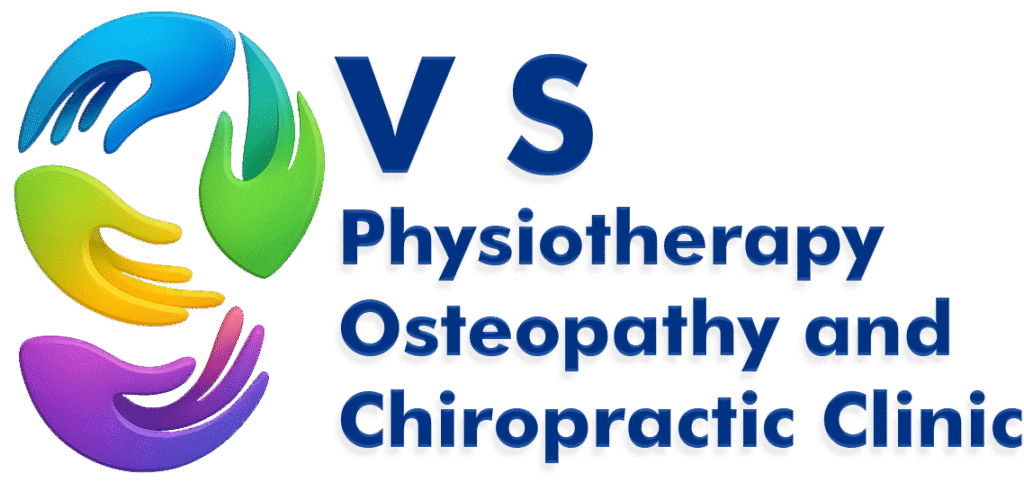Pelvic health is an important part of overall well-being. Yet many people only start thinking about it when something goes wrong. One condition that often goes unnoticed or is misunderstood is tight pelvic floor muscles, also called hypertonic pelvic floor.
This problem is often missed or misdiagnosed. Many people are told they have urinary tract infections, gynaecological problems or even prostate issues. In reality, the underlying cause can sometimes be muscle tightness in the pelvic floor. The good news is that with the right diagnosis and treatment, this condition can be managed successfully.
What are tight pelvic floor muscles?
The pelvic floor is a group of muscles and connective tissues located at the base of the pelvis. These muscles support the bladder, bowel and, in women, the uterus. They help control urination, bowel movements and play a role in sexual function.
In a healthy state, the pelvic floor muscles tighten when needed and relax when you go to the toilet or during other normal functions. If the muscles remain tense most of the time, even when they should relax, it is known as a tight or hypertonic pelvic floor. This constant tension can lead to pain, discomfort and problems with bladder, bowel or sexual health.

Why this condition is often missed in India
Tight pelvic floor muscles are not always easy to recognise. This is because:
- The symptoms can look like other conditions such as urinary infections or digestive issues.
- People may feel shy or uncomfortable discussing pelvic symptoms.
- Awareness about pelvic floor physiotherapy is still limited in many parts of India.
Symptoms of tight pelvic floor muscles
Symptoms can affect anyone, regardless of gender or age.
In women
- Pain during intercourse
- Discomfort when using tampons or during pelvic exams
- A feeling of heaviness or deep pelvic ache
- Frequent urination or an urgent need to pass urine, even when the bladder is not full
In men
- Pain in the pelvic region or perineum
- Discomfort after ejaculation
- Difficulty starting urination or feeling the bladder has not emptied fully
- Aching in the lower back or groin
In both men and women
- Constipation or straining during bowel movements
- Pain that gets worse after sitting for a long time
- Tightness in the lower abdomen
- Pain in the hips or tailbone
If these symptoms do not improve with basic care or if tests for infections come back normal, it is worth considering that the cause may be a tight pelvic floor.
Common causes in the Indian context
While anyone can develop tight pelvic floor muscles, there are some lifestyle and health factors that are especially common in India:
Long hours of sitting – Many people work in desk jobs or study for long hours without moving around much. This can cause stiffness in the hips and pelvic area.
Improper weight training – More people are joining gyms now, but lifting heavy weights without proper guidance can put strain on the pelvic floor.
Post-pregnancy changes – After childbirth, pelvic muscles can be affected. Many women are told to do Kegels to strengthen the muscles, but if the muscles are already tight, this can make the problem worse.
Constipation – Low fibre diets, low water intake and ignoring the urge to pass stool can lead to straining, which increases pelvic tension.
Stress and anxiety – Mental stress often causes physical tension, including in the pelvic muscles.
Past injury or surgery – Pelvic or abdominal surgeries, falls on the tailbone or other injuries can trigger muscle guarding and long-term tightness.
Why Kegels can make it worse
Kegels are often recommended for pelvic floor weakness. But if the problem is muscle tightness, Kegels can increase the tension instead of reducing it. This is why it is important to get an accurate assessment before starting any pelvic floor exercise routine.
Self-care and home remedies
Professional help is important, but there are gentle ways to support pelvic relaxation at home.
Deep breathing – Lie on your back with knees bent. Breathe in slowly through your nose, letting your belly rise. Exhale gently, allowing your belly to fall. Practice for 5 to 10 minutes daily.
Gentle yoga stretches – Child’s pose, happy baby pose and reclined butterfly pose can help open the hips and relax the pelvic muscles.
Warm baths – A warm soak can improve blood flow and help the muscles release tension.
Diet changes – Eat more fruits, vegetables and whole grains, and drink enough water to prevent constipation.
Professional treatment is available in Lucknow
Physiotherapy is one of the most effective treatments for tight pelvic floor muscles. At VS Physiotherapy Osteopathy Center and Chiropractic Clinic in Lucknow, Dr. Venkatesh Mishra offers:
Manual therapy – Hands-on techniques to release tightness and trigger points in the pelvic muscles.
Biofeedback training – A method that uses gentle sensors to help patients learn how to relax the pelvic floor.
Internal and external release techniques – Specialised techniques to restore normal muscle tone.
Posture and movement training – Guidance on sitting, standing and moving in ways that reduce pelvic strain.
Breathing and relaxation techniques – Exercises to help the pelvic floor stay relaxed during daily activities.
When to seek help
See a physiotherapist if you have:
- Persistent pelvic pain for more than two to three weeks
- Pain during intimacy
- Difficulty passing urine or stool
- Unexplained lower back, groin or hip pain
Early treatment can prevent symptoms from becoming chronic.
Final thoughts
Tight pelvic floor muscles can cause real physical and emotional distress. They are not simply a part of “getting older” or “something to live with.” With proper assessment and treatment, most people see significant improvement.
If you have ongoing pelvic pain, urinary issues or discomfort that has no clear cause, consider a consultation with a qualified pelvic floor physiotherapist.
For expert evaluation and personalised care, you can contact VS Physiotherapy Osteopathy Center and Chiropractic Clinic, Lucknow, led by Dr. Venkatesh Mishra.
